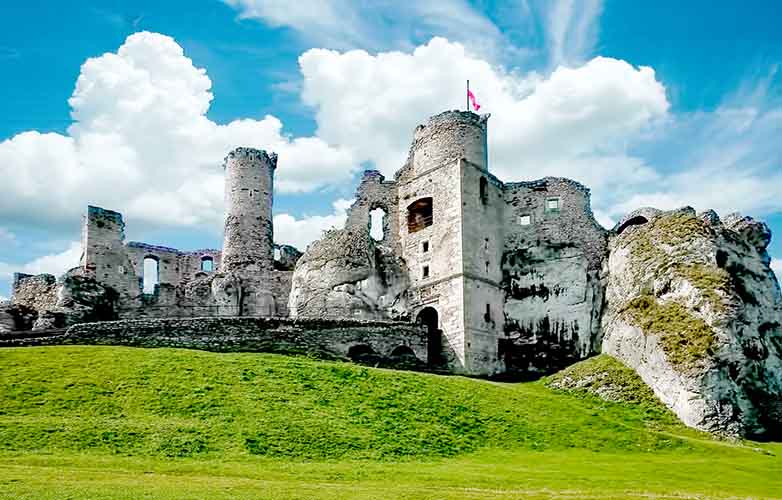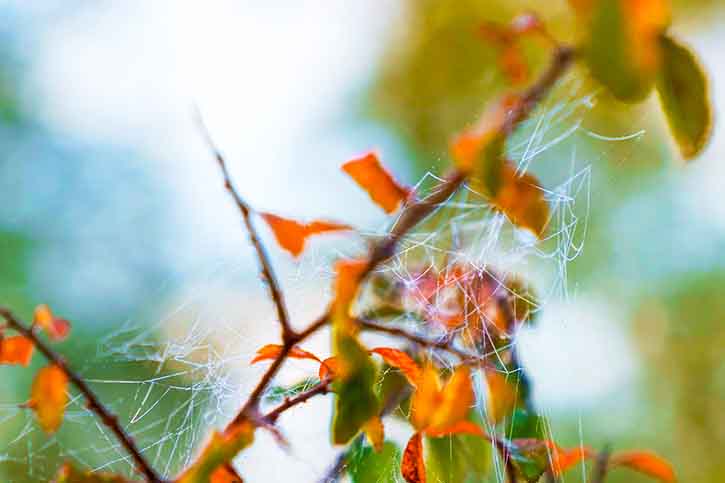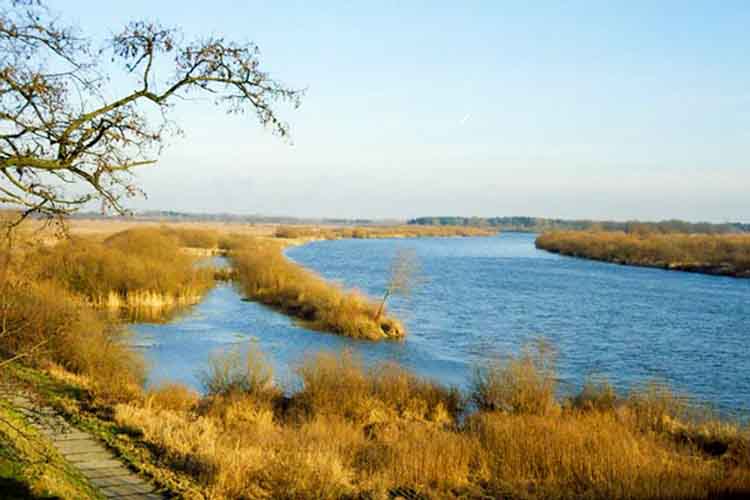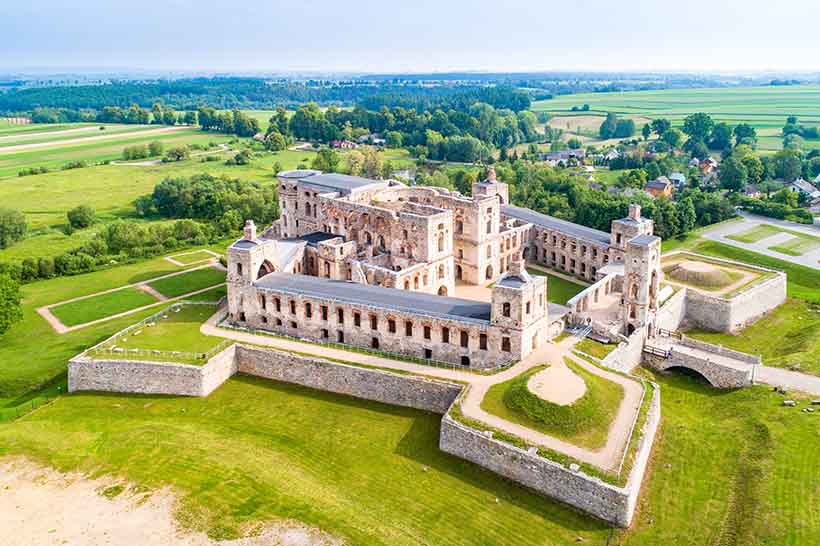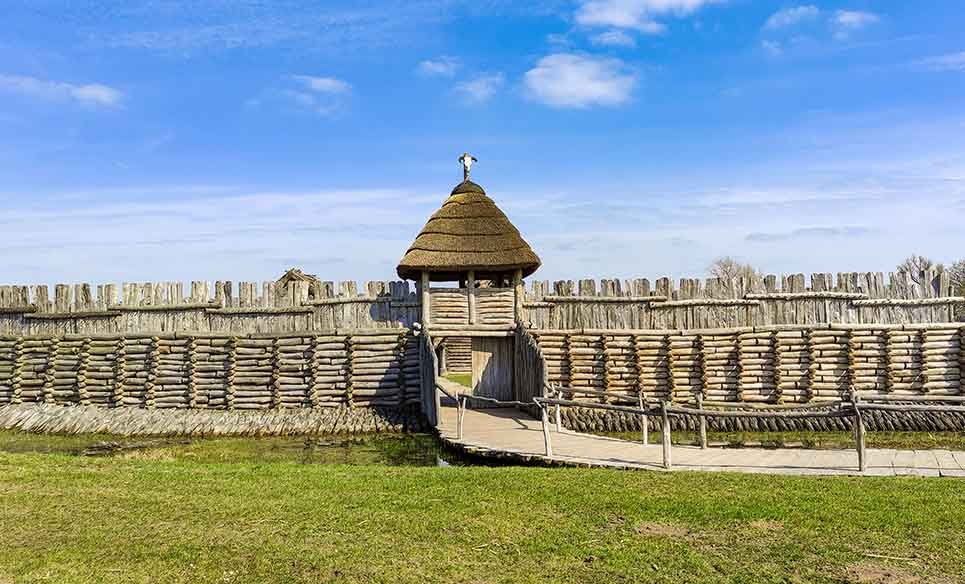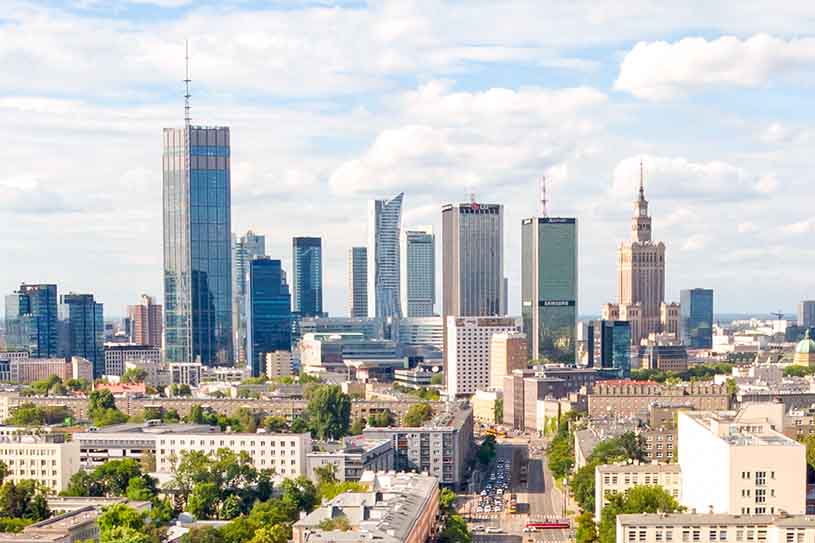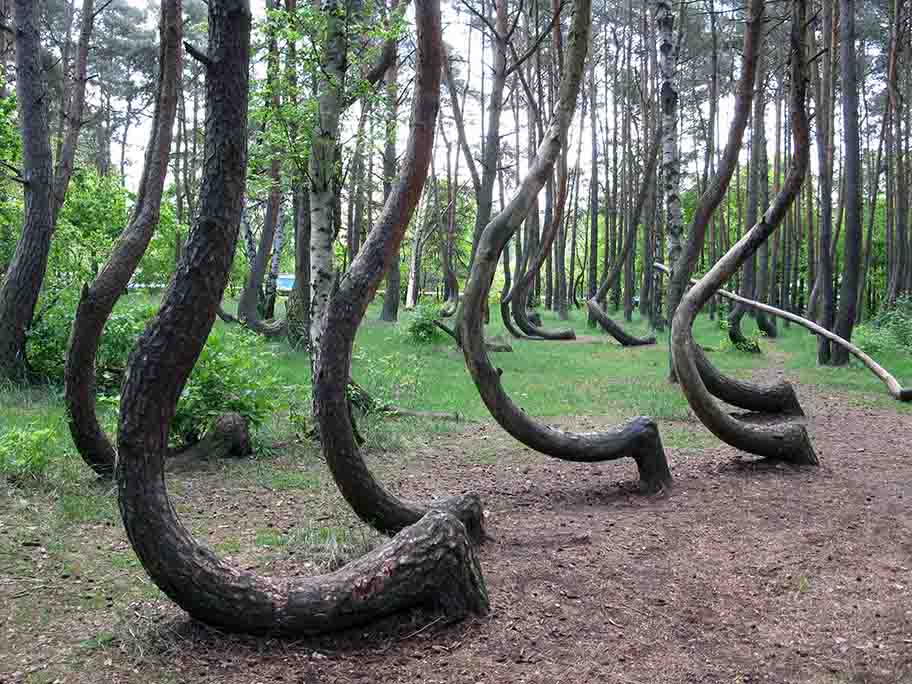According to a legend, the mouth of the Dunajec River was cut out with a sword by King Bolesław the Brave himself. Centuries ago, there was also a story about Ferkowicz, who hunted the king of snakes and, on his escape, made way for the river by tilting the gorge. The Dunajec, with a length of 247 km, offers us many wonderful places and views, but the gorge that starts at the Three Crowns (Trzy Korony) takes the first place.
The Dunajec is a right tributary of the Vistula. At its source, near Nowy Targ, the Czarny and Biały Dunajec rivers collect the waters of the Tatra streams. Nowy Targ was built on the forks of these two rivers. The Dunajec then flows into Lake Czorsztyńskie, overcomes the dam in Niedzica and feeds Lake Sromowickie. Later, already a border river, it flows into the Pieniny Właściwe and there, following a narrow and picturesque gorge, it divides the Pieniny and Beskid Sądecki behind Szczawnica to head north. From Krościenko to Zabrze it is the border between the Gorce and the Beskid Sądecki, then it flows between the Beskid Sądecki and Wyspowy, passes Stary and Nowy Sącz, flows into the Rożnowskie Lake, passes the dam in Rożnów, flows into the Czchowskie Lake and flows through the Wiśnickie Foothills towards Tarnów. There, already in the Sandomierska Basin, it flows into the Vistula near Opatowiec.
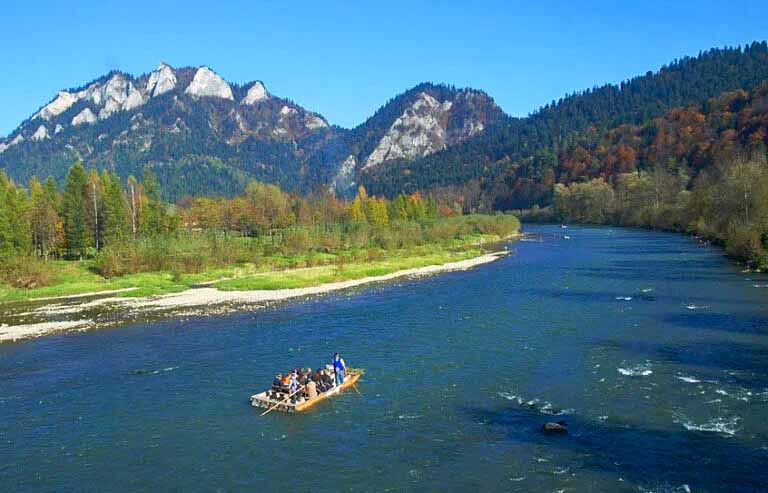
Dunajec River - Three Crowns visible (Source: Wikipedia)
The Pieniny section of the Dunajec is an important river for Slovakia. Apart from marking our common border for almost 20 km, it drains an area of 361 km2. Along its entire length, the Dunajec collects the waters of more than a hundred smaller and larger tributaries and flows through more than 50 towns.
The name Dunajec is a diminutive of the name Dunaj (Danube) and was already known in the 13th century. The word 'dunaj' simply meant water, rivers and ponds.
According to folk tales, for centuries there was a huge mountain lake on the site of today's Dunajec Gorge, which flowed out through a rocky opening. How did this happen? According to one legend, it happened during the Tartar invasion of the Pieniny. In the area of Stara Wieś Spiska, Jesus himself is said to have struck the rocks five times with lightning, setting the waters of the lake in motion and drowning the invading army. Another legend tells of a mountain sea between the Tatras and the Pieniny, with a huge dam in the area of Facimiech, which was supposed to collapse after the death of the king of the Pieniny. There is also a legend that it was King Bolesław the Brave who, out of concern for the hardships of the inhabitants, cut through the rocks with his sword and let the water out through the cracks, and at the end, he is believed to have said: 'It will be hungry, cold, but free here.' So the inhabitants did not get a better life, but freedom.
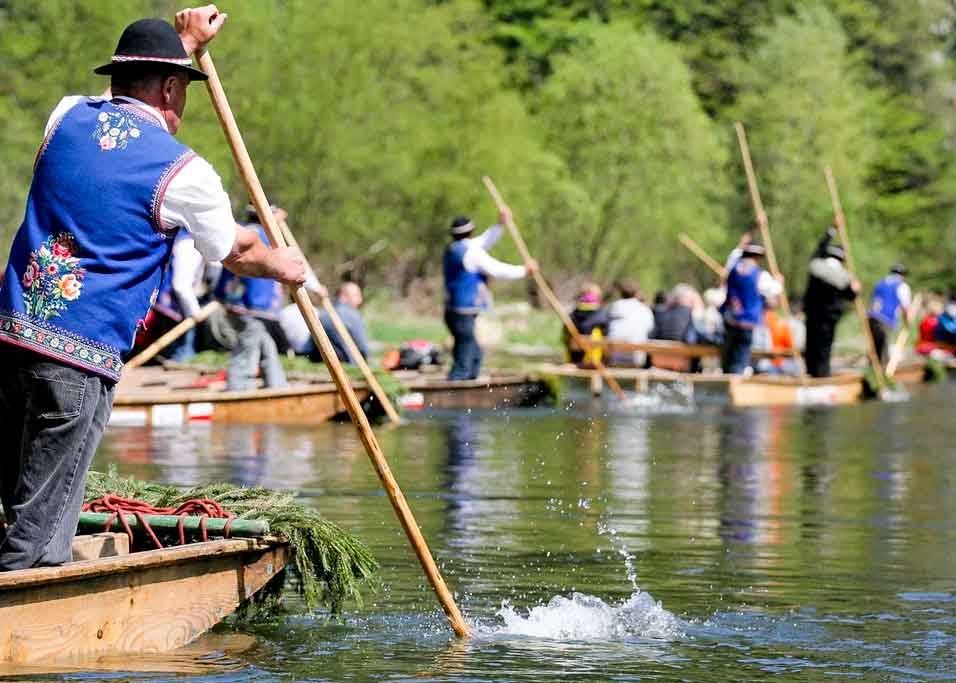
Rafting on the Dunajec River (Source: Flickr)
The Dunajec is characterised by differences in level of up to eleven metres in its lower course. Thanks to the reservoirs built along its course, there is no longer any danger of flooding, but at the beginning of the last century, such situations were still common. The last time the Dunajec flooded was in 1970.
The mountain section of the Dunajec is considered one of the most interesting tourist destinations in the Polish mountains. Rafting down the Dunajec is also one of the most interesting. The tradition of rafting, which is popular in the summer season, is about 200 years old, and admiring the rocks from a raft is undoubtedly the most interesting attraction of the Pieniny. Timber was floated down the Dunajec River as early as the 16th century. At the beginning of the 19th century, ceremonial rafting began, an attraction for patients from Szczawnica.
Interestingly, the Dunajec Gorge is one of only two places in the world where the river flows in the opposite direction to the sea and then turns back.
Apart from the Pieniny section of the Dunajec, the area around the Rożnowskie and Czchowskie Lakes is interesting for its scenery and recreation. These places are well-developed and suitable for recreation.







